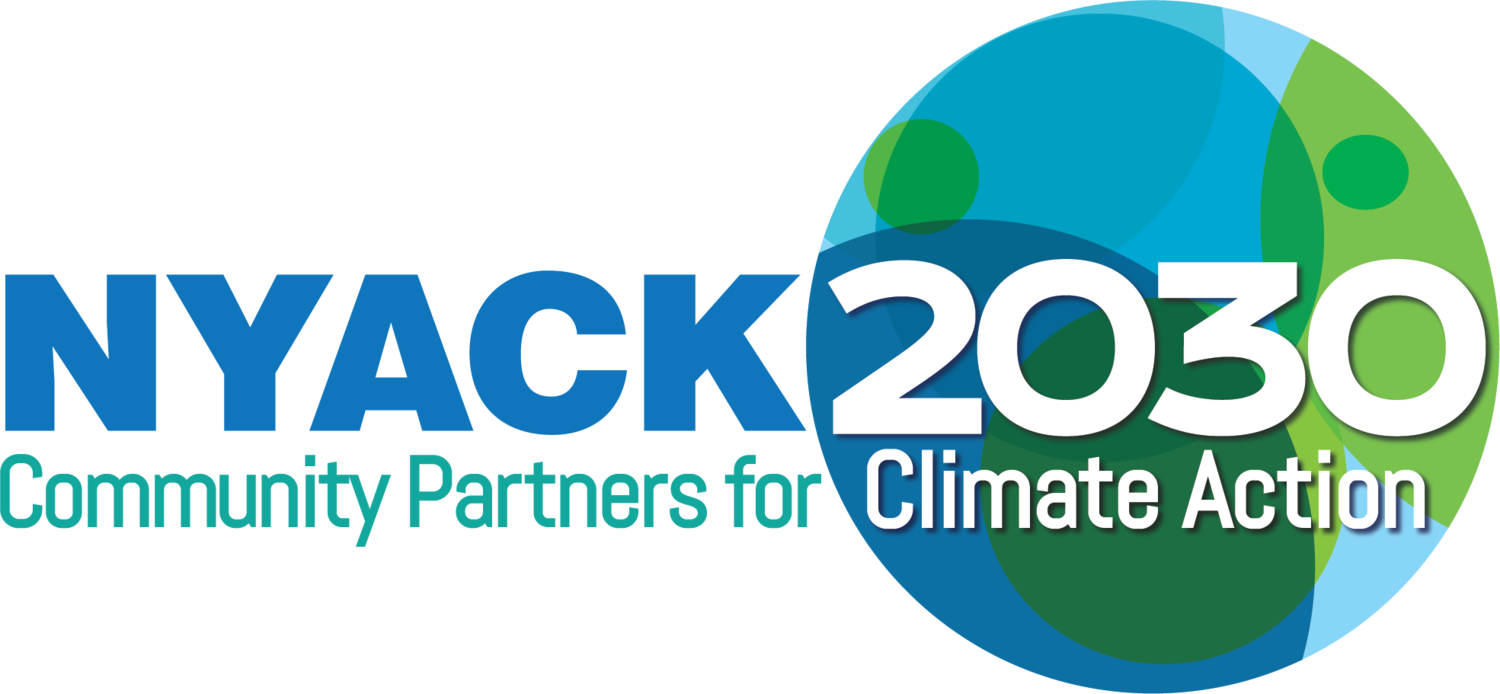Nyack Climate Resilience Roadmap
Community-Wide Planning for Ongoing Preparedness and Adaptation
Nyack Climate Risk and Resilience Workshop March 24, 2025
A presentation and community discussion about Nyack’s adaptation planning project with representatives from O&R, Rockland County Department of Fire & Emergency, Nyack Climate Smart Committee, Upper Nyack Green Committee and other community members.
The Project
The climate is changing. Extreme weather events, higher temperatures, rising sea levels, and extreme weather, with more precipitation and flooding, are happening now and are projected to get worse. In creating this plan, we’re taking a detailed look at risks that are likely to impact our community as a result of climate change and developing ways to address them now and in the years to come.
Assessing Vulnerability
The first step is to assess how vulnerable the assets in our community are. To what degree are the people, infrastructure, ecosystems, economy, and services in our community susceptible to climate hazards related to climate change, and how well can the these assets cope?
Considering Hazards
What do we mean by climate hazards? They are natural or human-induced physical events or trends that may cause loss of life, injury, or other health impacts, as well as damage and loss to property, infrastructure, livelihoods, service provision, ecosystems, and environmental resources. We will use local knowledge and reliable, current research about projections for local conditions to ground our understanding of hazards that may affect our community.
Planning for Adaptation
With a better understanding of our vulnerability, we will plan ways to adapt. Adaptation refers to the ways we modify or adjust our understanding of our situation in changing circumstances and develop responses accordingly.
Becoming Resilient
The Resilience Roadmap will lay out tools and strategies to help create a resilient community—one that can respond and recover quickly when faced with the climate change challenges as we understand them now, and can continue to assess, adapt, and retain that capacity in the future.
Sharing Information
Identifying opportunities for action and crafting a thoughtful, practical and effective plan will require getting good information from a wide variety of individuals groups, departments and agencies. To becoming a truly resilient community we will need to maintain an ongoing communication network we can rely on as we continue to adapt.
Key Resources
-
-
-
-
NOAA Storm Events Database
-
-
-
-
Climate Smart Resilience Planning Review Summary
Stakeholder Input Worksheets
Climate Change Hazards to Address in the Plan
Increasing temperatures and frequency and duration of heat waves
——-
Increasing intensity of extreme weather events, including flooding
——-
Rising sea level and storm surge
——-
Climate change-related illness and disease
Public Involvement
Steering Committee
Bill Batson Steve Cea Andrew Goodwillie Annie Hekker Alain Leinbach Andy Stewart
The Steering Committee, will meet throughout the process of developing the Resilience Plan to bring a range of community perspectives, help plan and implement outreach for the project and provide comments on the draft plan.
Stakeholder Workshop
A workshop to gather feedback from representatives of key organizations, departments and agencies, Winter 2025
See the list of participants here.
Public Survey
A questionnaire to gather feedback all members of the community about their experience with and concerns related to climate change-related hazards.
Public Workshop
A follow-up event after collecting survey results to share information and encourage discussion with the public. Late March 2025.
Plan Review
The draft Resilience Plan will be made available for public comment. Summer 2025.
Coordinating Lead Author
Marcy Denker, Sustainability Coordinator, Village of Nyack
mbdenker@gmail.com
This is a project of the Village of Nyack, funded by a grant from the NYS Department of Environmental Conservation’s Hudson River Estuary Program.

